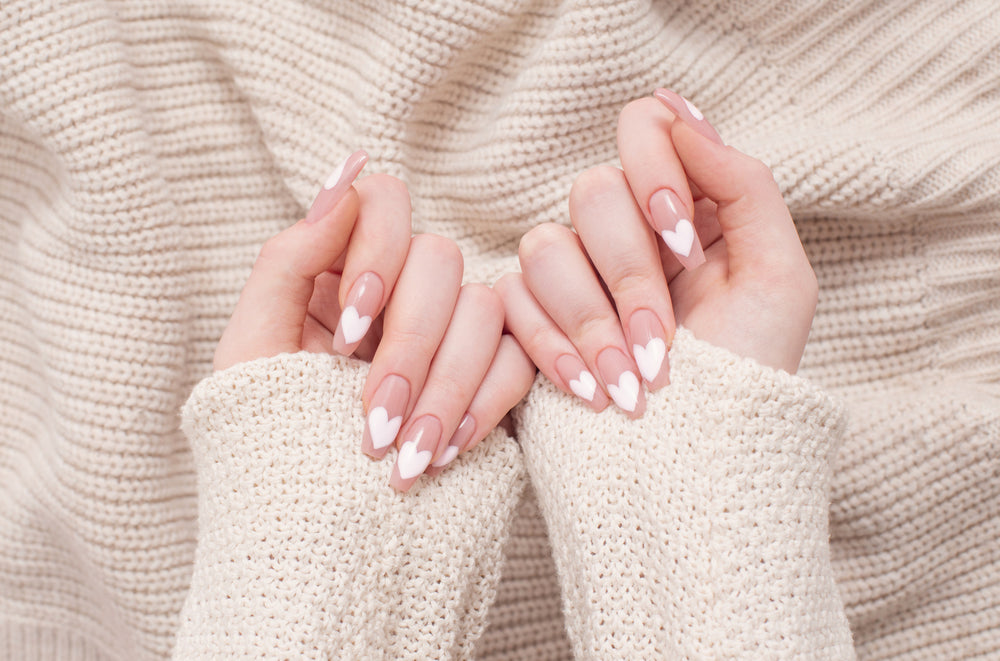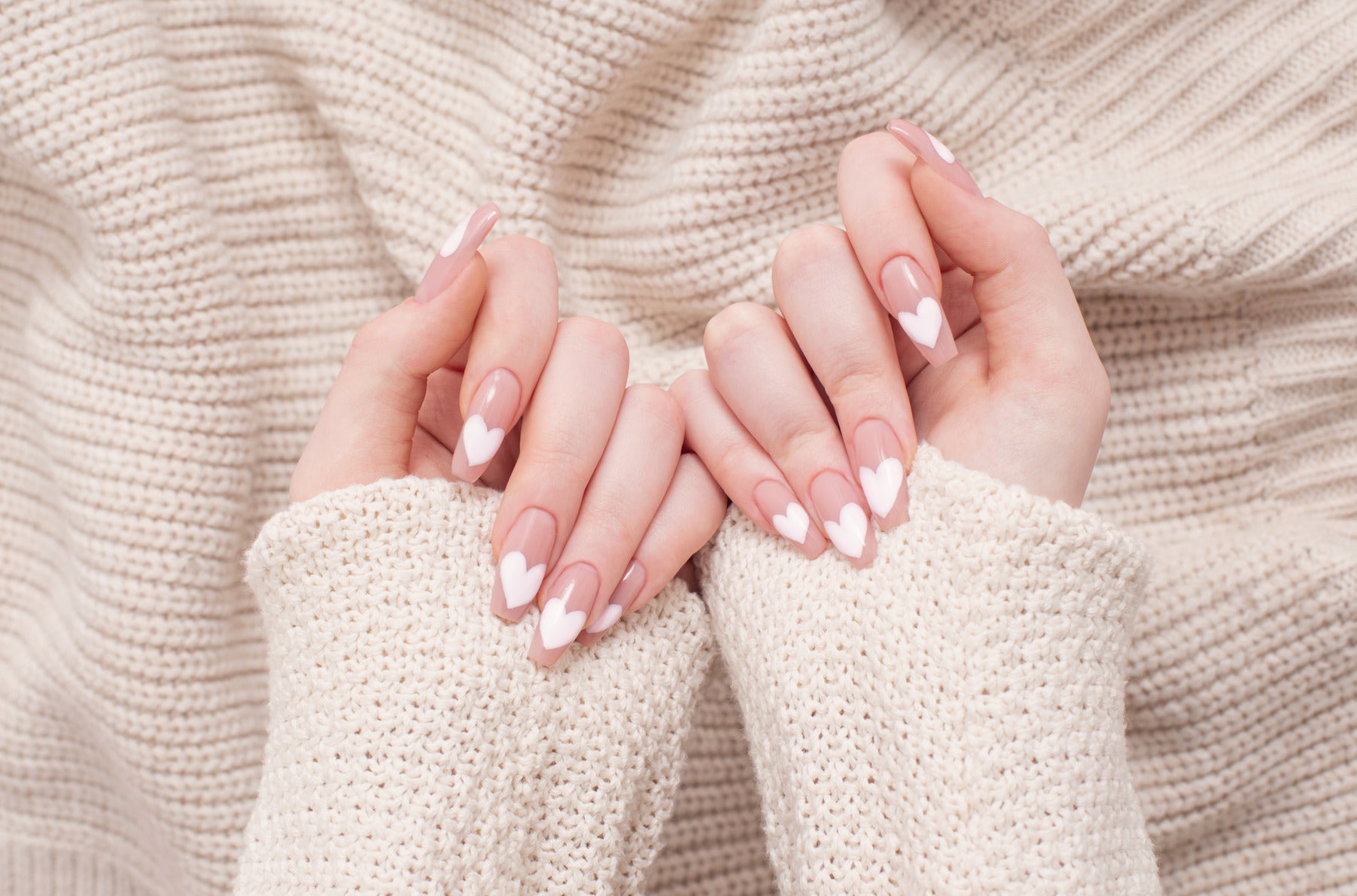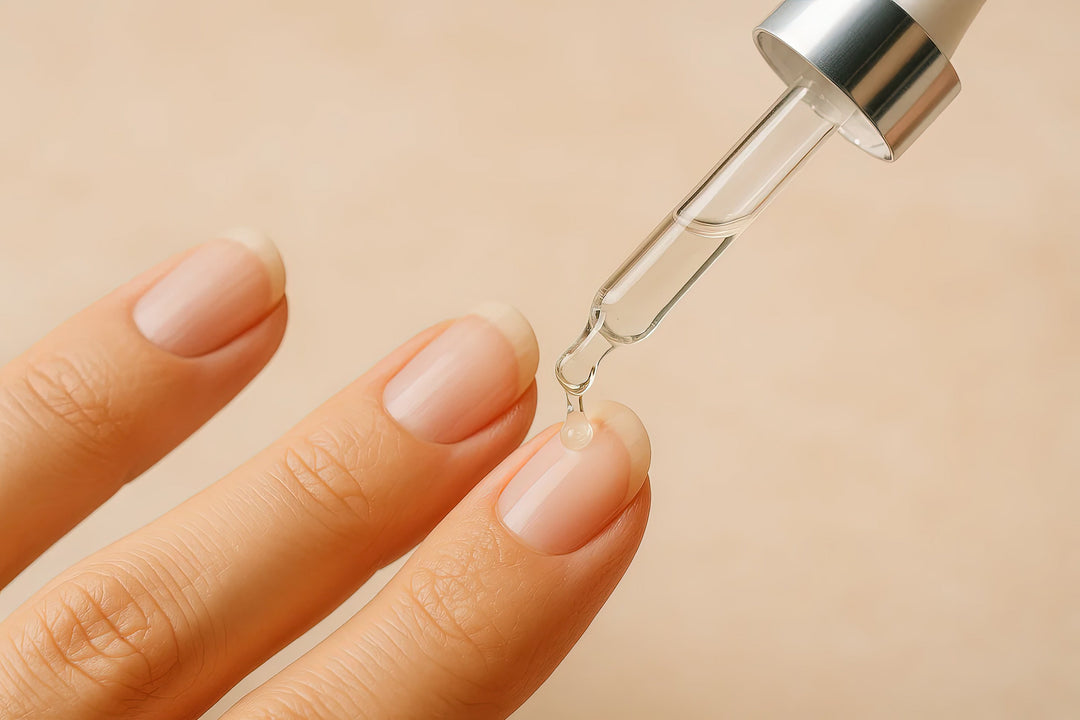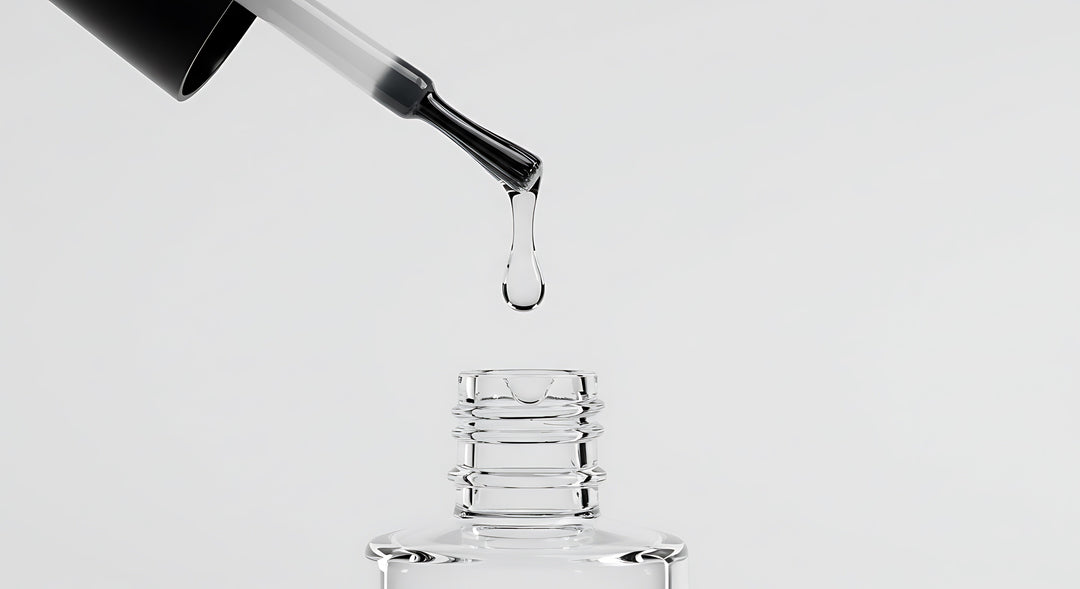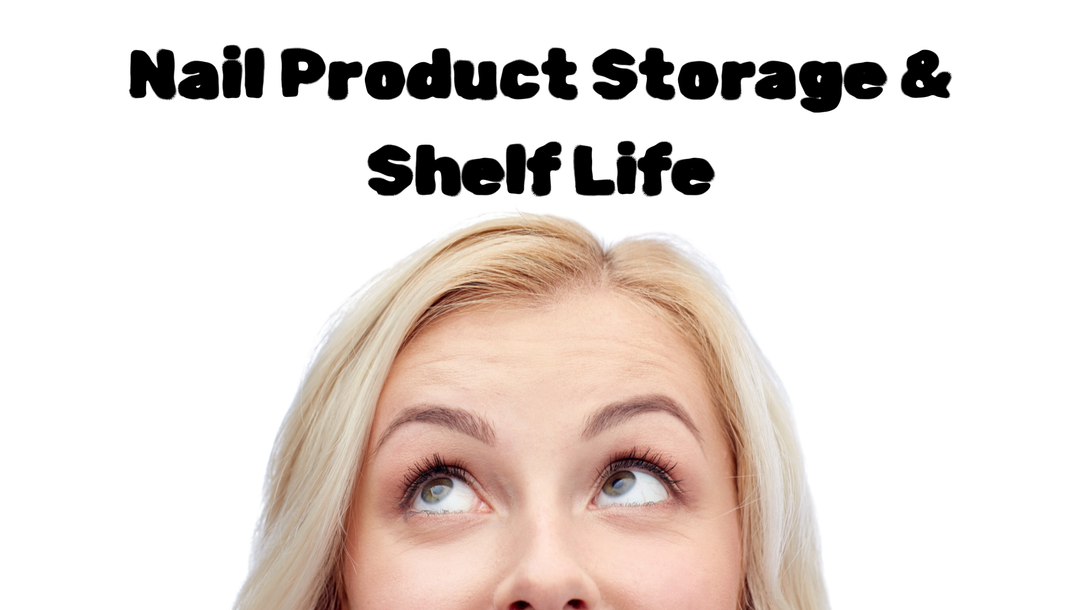Builder Gel Troubleshooting: 20 Quick Fixes You’ll Actually Use
Great builder gel should look smooth, glossy and durable. If it’s not, don’t panic—most issues trace back to layer thickness, lamp compatibility, skin contact, or timing. Keep this list at your station (or on your phone) and fix problems in minutes.
Core fundamentals (before you start)
-
Thin layers cure best. Build the apex in multiple passes.
Pro tip: If you can’t see the natural nail silhouette through the first builder pass, it’s probably too thick. -
Use the brand-recommended lamp. Nails flat & centred; cure thumbs separately.
Quick check: Place a white card under the lamp—if the LEDs don’t evenly “spot” the nail zone, adjust hand position. -
Follow full cure times for base / builder / top. Don’t guess.
Rule of thumb: If the bottle says “60s LED,” give it a true 60 seconds uninterrupted. -
Zero skin contact. Leave a hairline margin; clean any touch-ups before cure.
Why it matters: Skin contact increases the chance of irritation and lifting. -
Cool-down after the final cure. 10–20 seconds helps comfort and preserves gloss.
Don’t wipe hot: Wiping immediately can haze some tops.
20 Quick Fixes (symptom → likely cause → quick fix)
-
Soft or rubbery after cure → Under-cure (thick layer, wrong lamp, short time) → Thin the layer, use the brand lamp, full time.
Test: Press a clean orangewood stick—if it leaves a dent, under-cured.
Prevent: Two thin passes with a 5–10 s flash between, then full cure per pass. -
Heat spike during curing → Layer too thick / product pooled at apex → Build in thin passes; optional 5–10 s flash then full cure.
Test: Ask client when heat starts—early spike = too thick.
Prevent: “Float” the bead; keep apex under ~1.5–2.0 mm. -
Dull/patchy shine → Uneven exposure or wiping too soon → Cure thumbs flat, maintain distance (~1–2 cm), cool-down before wipe.
Test: Compare centre vs sidewall gloss under lamp.
Prevent: Rotate hand 180° halfway through cure for deep sidewalls. -
Wrinkling/shrivelling → Over-applied product or stacked wet coats → Thinner coats; fully cure each layer before the next.
Test: Wrinkles usually appear within seconds of light exposure.
Prevent: If you need bulk, build with 2–3 thin structure layers. -
Bubbles in builder → Over-working / trapped dust or oil → Float, don’t press; thoroughly dust off; avoid oils pre-prep.
Test: Look from the side—micro-bubbles sit mid-layer, not surface.
Prevent: Roll the bottle, don’t shake; use gentle, long strokes. -
Pitting or tiny holes → Dust/debris or whipping air into gel → Clean surface; gentle strokes; let self-level 5–10 s.
Test: Pits recur in same zones → check your prep brush/towel lint.
Prevent: Lint-free wipes only; change your desk towel frequently. -
Yellow/warm cast in clear → Formula/lamp interaction or colourants → Use a clarity-optimised builder/top from same system + recommended lamp.
Test: Compare over a white swatch—if top alone is amber, swap top.
Prevent: Avoid over-curing clear tops; wipe after cool-down. -
Grey/milky finish → Under-cure or contaminated wipes → Full cure with correct lamp; swap to fresh lint-free wipes/cleanser.
Test: Re-cure 60 s—if clarity improves, cure was short.
Prevent: Keep cleanser bottles capped; don’t reuse wipes. -
Sidewall lifting → Skin contact or bulky edges → Hairline margin, thin edges, float—don’t flood.
Test: Lifting line mirrors sidewall curve = flooding.
Prevent: “Pull away” stroke along sidewalls before curing. -
Cuticle-line lifting → Product touching eponychium / poor prep → Prep thoroughly; keep off skin; cap only after control.
Test: Lifting starts at proximal fold first.
Prevent: Reverse-pressure stroke at cuticle to leave micro-gap. -
Free-edge chipping → No capping or under-cure at the tip → Cap the free edge; ensure full cure on tips.
Test: Check tip thickness—paper-thin = vulnerable.
Prevent: 2nd pass adds micro-apex and re-caps edge. -
Apex collapses / flat profile → Over-filing or too thin in stress area → Rebuild apex with thin passes; cure each; file minimally.
Test: Side view under lamp—look for slight dome at 1/3 nail.
Prevent: Mark stress zone with a pencil guide before filing. -
Over-filed heat/friction → Aggressive speed/pressure → Lower RPM; light pressure; fresh bits/buffers.
Test: Heat without pressure = speed too high.
Prevent: Use 180–240 grit for refinement, not 100. -
Sticky inhibition feels excessive → Short cure or heavy layer → Full cure; thinner applications; then cleanse (if system requires).
Test: Inhibition should be tacky, not gooey.
Prevent: Don’t stack wet-on-wet unless the brand allows it. -
Product shrinks/pulls back → Oily surface or working too slowly → Dehydrate properly; lay a controlled slip layer; cure promptly.
Test: Watch the cuticle line—if it retreats before cure, oils/time.
Prevent: Work one nail at a time in warm rooms. -
Colour looks patchy over builder → Uneven base texture or thick colour → Refine surface; thin colour coats; full cure each.
Test: Buff to 240, clean, reapply thin colour—streaks vanish.
Prevent: Don’t use colour to build structure. -
All nails fine, thumbs fail → Thumbs cured at an angle → Cure thumbs separately and flat to LEDs.
Test: Photograph thumb under lamp—look for angle/shadow.
Prevent: Two full cycles on thumbs if needed. -
Burning sensation persists → Bulk + exotherm + sensitive client → Thinner passes; pause for cool-down; consider gentler formulas within the same brand.
Test: Try a lower-exotherm builder from the system—note change.
Prevent: Keep layers thin; avoid over-exposure. -
Dust clings everywhere → Static or over-dry environment → Antistatic brush; tack-wipe with cleanser; don’t over-buff.
Test: Paper bits clinging to hand towels = static.
Prevent: Light mist humidifier in very dry rooms. -
Gloss fades next day → Over-baked surface or wiped too hot → Cool-down 10–20 s before wiping; respect top-coat timing.
Test: Re-top a single nail and observe 24 h—if gloss holds, timing.
Prevent: Avoid double-curing tops not designed for it.
Lamp & curing fundamentals
-
Distance: Keep nails ~1–2 cm from LED array (check brand guidance).
-
Positioning: Centre each nail under LEDs; rotate hand to expose sidewalls.
-
Cure integrity: Avoid shadowing from long nails or high apex—add a second full cycle if needed.
-
Power ≠ speed: Higher wattage doesn’t automatically cure better—chemistry + lamp pairing does.
Quick routine (for at-home beginners)
Prep:
-
Wash & dry hands (no oils).
-
Push back cuticles; remove shine with 180–240 grit; dust & cleanse.
-
Apply base: Thin coat, cap edge, full cure (per bottle).
-
Builder: Slip layer, then float a thin bead to build apex; flash 5–10 s if heat; full cure. Repeat for structure.
-
Colour (optional): 1–2 thin coats; full cure each.
-
Top: Thin, cap edge; full cure.
-
Cool-down: 10–20 s, then cleanse if required. Finish with cuticle oil (post-cleanse only).
When to pause immediately
Stop use if you see escalating discomfort, persistent redness, dryness or swelling beyond the nail contours, or repeat issues despite good technique. Keep the area product-free and clean and seek advice from a qualified healthcare professional. This guide is informational only and not medical advice.
FAQs
Can I use any LED lamp with my builder?
For best results (and safety), use the lamp recommended by the brand. Spectral output and intensity matter; mismatched lamps are a top cause of under-cure and heat spikes.
Why does my builder wrinkle?
Usually too thick or stacking wet layers. Apply thinner, fully cure each coat, and avoid over-manipulating the gel.
Do I need a base under builder?
Follow brand instructions. Many systems require a dedicated bonding base for adhesion and flexibility.
How thick should the apex be?
Aim for a subtle dome—roughly 1.5–2.0 mm at the stress area, feathered thin at cuticle and sidewalls.
When should I file—before or after colour?
Refine structure before colour. After colour, only micro-buff if your top allows it (many don’t).
How do I reduce heat spikes for sensitive clients?
Thinner layers, flash-cure 5–10 s, remove hand for a brief cool-down, then continue curing. Consider a lower-exotherm builder within the same brand ecosystem.
Why does the surface feel very sticky after curing?
That’s the inhibition layer. If it’s excessively gooey, your layer’s too heavy or cure time/lamp is off. Re-cure and apply thinner next pass.
How do I remove builder safely?
Follow brand guidance—either e-file to a thin base (common) or soak-off if the system is soak-able. Always protect the natural nail.


